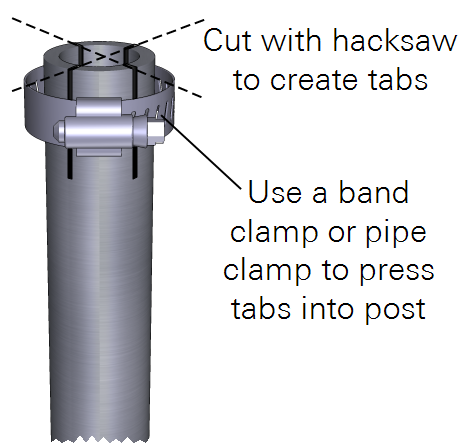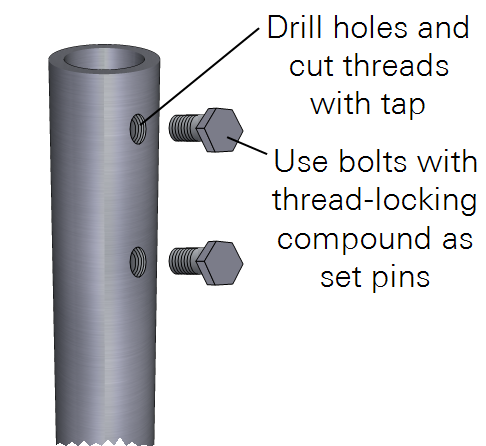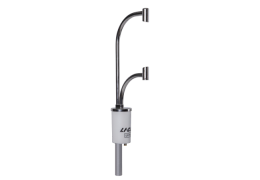Deploying the LI-710
The LI-710 is designed for easy installation into meteorological stations. It uses a single cable for power and communications (SDI-12 protocol). Remove the caps that cover the transducers and air intake before powering on the LI-710 (see Figure 2‑1).

Deployment considerations
The LI-710 can be deployed as a stand-alone sensor, in a weather station, or as part of an eddy covariance flux station. There are a few considerations that will help ensure that the data you collect accomplishes your measurement goals.


Measurement area
Measurements from the LI-710 represent a land area immediately surrounding the sensor. Therefore, you should install the sensor in the middle of the area-of-interest. Large open areas are ideal. For crops and grasslands, the middle of the field is ideal.
If you are unsure where to install the sensor, put it in the middle of the area you want to measure. If you have to choose a side, choose the side that is downwind of the prevailing wind over the area-of-interest.
Note: If the LI-710 is installed in the middle of the area-of-interest, footprint information is not critical for interpreting the data. In cases where the footprint is required, you should collect horizontal wind information and calculate the footprint using your own methods. Ideally, the deployment will be such that there is no need to determine the footprint.
Distance from surrounding elements
To ensure that the LI-710 measures a representative area-of-interest, install it above or as far as possible from large obstructions that affect the flow of wind, such as buildings or large solitary trees. Small elements, such as instruments on a weather station, are not problematic, although you should allow clearance of two meters or more, if possible.
Caution: If deploying the LI-710 near a cellular antenna, position the antenna at least two meters away from the LI-710 to reduce the risk of electromagnetic interference.


Height above the canopy
The area represented in measurements from the LI-710 will depend on its height above the plant canopy. The LI-710 should be installed at least 2 meters above the canopy. At a 2-meter mounting height, the fetch is assumed to be a 100 to 200 meter radius around the LI-710 (see Figure 2‑3). All landscape elements within this range can contribute to the evapotranspiration measurement.
The LI-710 is designed for measurements over annual crops and orchards. Over fast-growing canopies, such as soybeans, sorghum (milo), wheat, flax, rice, maize (corn), vegetables, and cotton, install the LI-710 at 3.5 to 5 meters above the surface before germination for a fetch up to 350 to 500 meters. As the crop grows, the distance between the canopy and sensor will become smaller, and so will the fetch. This is an ideal measurement scenario - the area measured represents the area-of-interest for the entire growing season. Alternatively, you can raise the height of the LI-710 over the growing season to maintain a consistent measurement height.



Over orchards and woodlands, which are characterized by partial to full canopy closure, the LI-710 should be at least 2 meters above the top of the canopy.

Terrain, slope, and tilt
You can expect good results as long as the sensor is within a few degrees of perpendicular to the slope of the area-of-interest. The grade can range from 0 to 10%. Measurements from the sensor are not highly sensitive to slopes up to 10° from level. The level application on many mobile phones is adequate to confirm that the tilt of the sensor matches the grade. Tilt from vertical is recorded in data group 2 (see Group 2: Air, humidity, and instrument information).


Mounting the LI-710
The LI-710 can be deployed as a stand-alone sensor, in a weather station, or as part of an eddy covariance flux station. It mounts readily to hardware that is common to irrigation infrastructure, weather stations, and other equipment.
Water Node: IoE Module adapter
For applications with the IoE Module, install the LI-710 in the adapter (part number 98512-081).

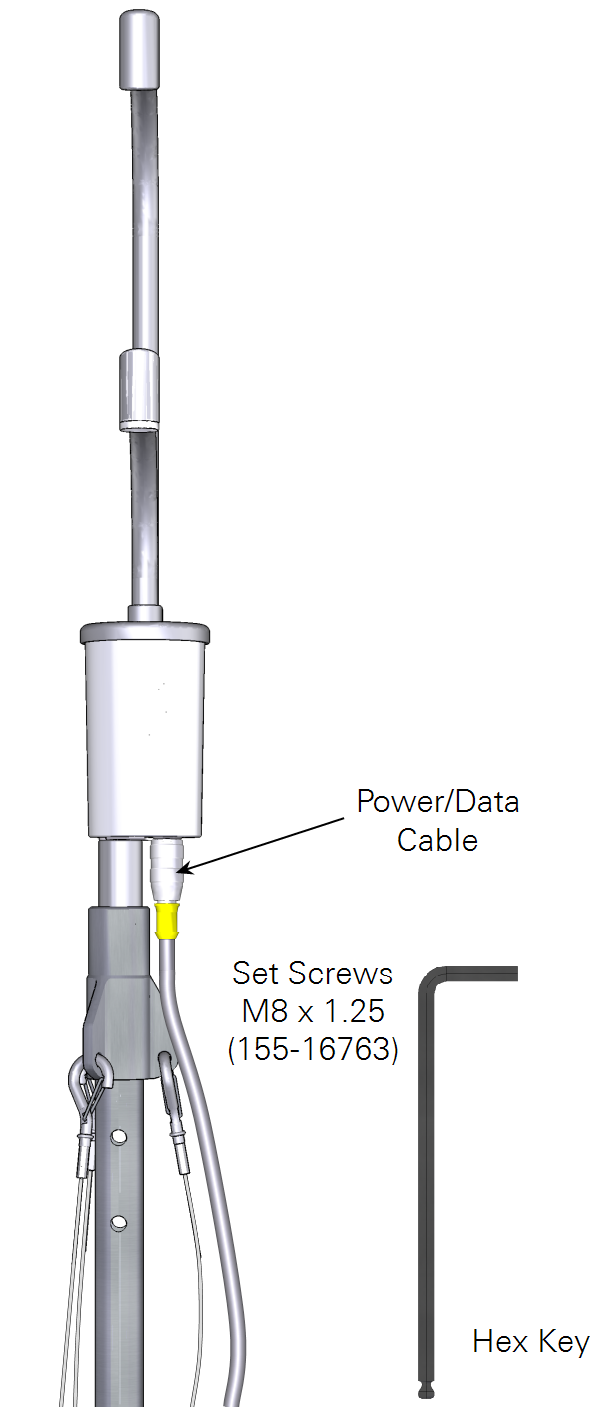
Horizontal cross bar
The LI-710 can be attached to a standard ¾" crossover fitting or any other fitting with a 1" opening. Suitable crossover fittings (¾" × 1") are available from LI-COR (part number 259-13276).

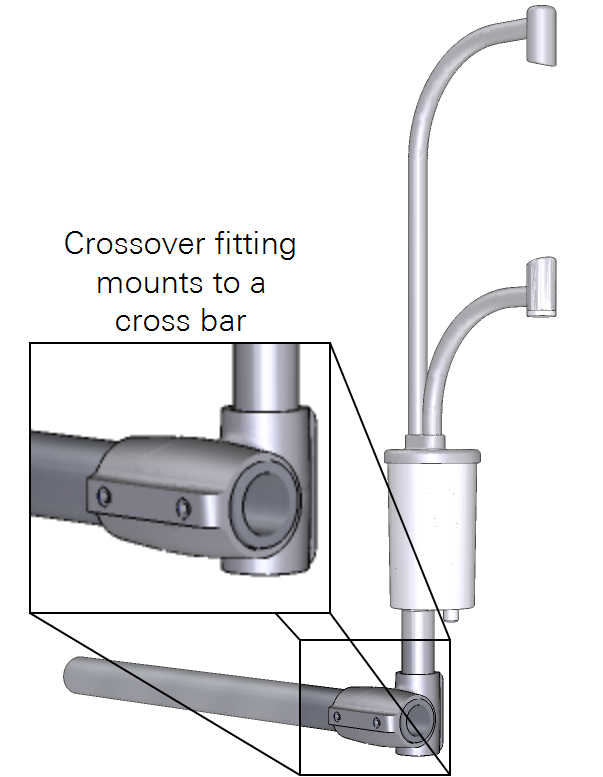
Tighten set screws with a 5/32" hex key to 22 N-m (16 ft-lbs). If no torque wrench is available, tighten each set screw until it contacts the pipe, then one more full revolution for aluminum pipe, or ¼ revolution for stainless steel.
Vertical pipe and T-post
For a stand-alone installation, the LI-710 can be attached to a T-post and vertical mast, like a piece of pipe. The LI-710 can attach to a pipe using a swivel mount, or the post can be installed inside a pipe that has an inside diameter >1 inch (2.54 cm) and a means to secure the post (Figure 2‑12).

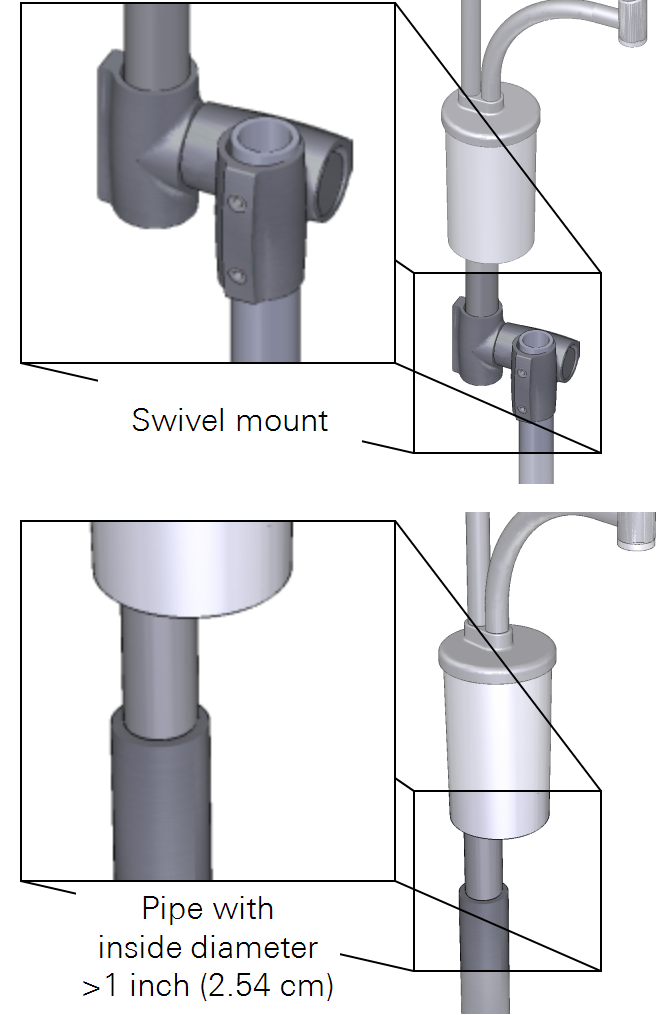
If you are using a T-post in soft or saturated soils, check the installation regularly to ensure that the post does not shift over time.

